
VISUAL ESSAYS: ORIGINS OF FILM
A Six-Part Film by Al Razutis 1973 - 1984
52 min. color sound
|
These six essays on film/image history reconstruct cinema history by 're-imagining' its origins, and its poetries, and use historical films themselves (as 'text') to provide the meanings of their creations. Together, these film essays comprise a critical/structural investigation of silent cinema ending with Segei Eisenstein's works (for Stalin) - from Lumiere and Melies through surrealism and horros, to montage and propaganda, we 're-invent' epochs in cinema that became its language and form. (A.R.) "Both the visual artist and the educator make their appearances throughout Origins of Film, but it looks to be the poet who has the final say. Informing the overall shape of the project is an argument that is presented at a number of levels. Each film is structured around a distinct set of optical printing and collage techniques [and] ... embodies a `look' which becomes the film's central strategy and metaphor." (Peter Chapman, Independent Eye) In
the collections of Visual Essays Screenings & In Print
UPCOMING 2019 - Lumiere's Train to be screened on April 24th, 2019 at Musée d'Art moderne André Malraux, Le Havre, France
The original and intermediate elements for 'Visual Essays: Origins of Film' are archived at LINKS TO MANY SUBJECTS:Film Optical Printer built by Razutis to create these films Individual Films as EssaysLUMIÈRE'S TRAIN (ARRIVING AT THE STATIONSELECTED SHORT VIDEO CLIPS ON YOU TUBE: 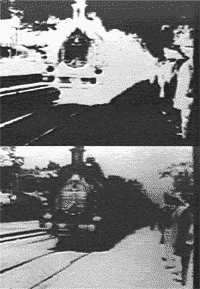
The subject of the first essay is cinema itself: an apparatus of representation wherein fact and fiction are recreated. As such, the pro-filmic facts are necessarily drawn from two of cinema's "pioneers": Louis and Auguste Lumière and Abel Gance ( La Roue, ), with additional material provided from a Warner Brothers featurette, Spills for Thrills. The film breaks down into four distinct sections and is loosely centred around Lumière's classic one-shot film of a train pulling into a station Arrivée d'un train à la Ciotat, L' (1895). The exposition and form of the film is closely tied to
the tradition of cine-structural poems which foreground the materials
of the medium (light, dark, form as shadow-projection of the cinematic
apparatus). Using alternations between positive and negative, the film
chronicles the "coming to life" (of the apparatus) and the resulting
action/movement and documentation of events - encompassing incidents
(the near mishaps), human expectations (the arrival at the station),
and human spectacle(the destruction of the trains, the station in chaos).
Towards this purpose, I have used an expanding narrative, a play on
the title itself, and the shifting conditions of synchronous and asynchronous
sound/image (and image-to-image). (A.R.) Individually featured in international exhibitions,
retrospectives. Individually featured in international exhibitions, retrospectives and screened 2012 Film frame captures (click/enlarge in separate window): Illustrated pages on the Lumière Brothers MÉLIÈS CATALOGUE8 min. color silent 1973 2
min. excerpt from film
on YouTube: 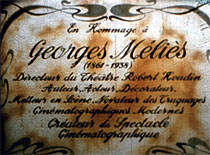
The first essay created in 1973 and inspired by the origins of cinema and the works (1896-1912) of magician-illusionist Georges Méliès. This burning celluloid montage film presents the mythic iconography of the films of Georges Méliès -- a dreamlike terrain, a grab-bag of magician's surprises, a cornucopia of players that proceed from the imagination of that "magician" of cinema - announced by the opening motif, "the magic box". These incidents are presented/framed within the graphic form of burning frames, each image-shot erupting and being displaced by the following shot. This is an essay featuring discontinuity and surprise. Images in this piece were compiled from approximately 30 films by Georges Méliès, most notably 'A Trip to the Moon (1902)' -- (A.R.) Individually featured in international exhibitions, retrospectives. Film frame captures (click/enlarge in separate window): Short history - Georges Méliès Page TOP
SEQUELS IN TRANSFIGURED TIME14 min. SEPIA-color sound 1974 Spoken (V.O.) text of 'Elegy for Melies' written and performed by Al Razutis 2
min. excerpt video of film
on YouTube: 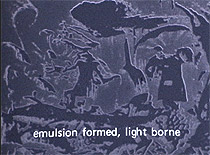
Sequels in Transfigured Time returns to Georges Méliès and notably portions of A Trip to the Moon (1902) and other early Méliès films (including a hand-colored early film, and uses techniques of 'frozen stills becoming movement', still which are initially 'abstractions' through the absence of movement and denial of depth (via graphic solarization). The stills are meditations on the "becoming of motion-picture reality" through movement and seamless editing (the "invisible"cut), mechanisms in the 'creation of narrative' (which Méliès thought to be secondary to a 'dreamland' for the eye). This essay is also an elegy for Georges Méliès, his "Eden lost and found," his cine-world becoming obsolete and "ghostlike." This is a 'sound film' with the 'Elegy for Méliès' occuring at the end (as voice-over ). -- (A.R.) Awards: Ann Arbor; Kent State; Northwest Film &Video Festival Individually featured in international exhibitions, retrospectives. Film frame captures (click/enlarge in separate window): Subtitle Texts & 'Elegy for Melies' spoken text written and performed by Al Razutis
Page
TOP
GHOST: IMAGE12
min. B&W sound 1976-79
Ghost: Image 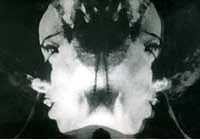 Thematically proceeding from the previous (Méliès)
fantasy films, GHOST: IMAGE encompasses that tradition
of "fantastic" films that includes Dada, Cubism, Surrealism, Expressionism,
Poetic Realism, Symbolism, and eventually the horror genre (and of
course Fritz Lang's Metropolis ). Thematically proceeding from the previous (Méliès)
fantasy films, GHOST: IMAGE encompasses that tradition
of "fantastic" films that includes Dada, Cubism, Surrealism, Expressionism,
Poetic Realism, Symbolism, and eventually the horror genre (and of
course Fritz Lang's Metropolis ).
Its formal design, the mirror image, creates a denial of axis and screen direction,with the result that the viewer must read "through the images." At times, the mirror images are reduced to their Rorschach component, and complemented by the presence of fragmented poetry (after T.S. Eliot and automatic writing), a metonymic realm suggesting "automatic disclosures" and unconscious correspondences in the developing discourse.
The
familiar myths of woman as 'madonna' / 'victim' / 'temptress', and 'redemption
through knowledge and science,' 'fear of the undead," and 'fear of the
irrational,' form the signposts of this historical and cultural terrain. Contains excerpts from aproximately 20 surrealist, dada, horror, films. (A.R.) Individually featured in international exhibitions, retrospectives amd screemed consistently in Europe. Film frame captures (click/enlarge in separate window): Written/spoken (VO) text of 'Ghost Image' written by Al Razutis and performed by Marek Cziewsewski REFERENCES to essays on these subjects by A.R.: "Here is the connection, with 'double images' and the imaginings within in surrealism, as described in another 2021 essay: 'The mirror image and its surrealist 'ghosts' Page TOP
FOR ARTAUD10 min. color sound 1982 Spoken voice-over text of 'For Artaud' written Al Razutis and performed by Trevor Brazil, Susan Berganzi, Maria Insell, Amarjeet Ratan.
1 min. excerpt video
on YouTube: Re-imagining Antonin Artaud's Theater of Cruelty within a context of Dryer's (Passion of Joan of Arc) and spectacle, we reach into a 'terror' as evoked in this films of sparkling fragmented images and cacophonies of chant. The film tears and re-combines, as the film expressionism of Dryer meets the tradition of Gothic horror and beyond that, Artaud. It brings to mind a humanity caught between absolutes, the good and the evils of monstrous proportions, of classicism, and of questions of individuation. Artaud, though a figure indirectly associated with film history, is suggested in this essay as prime provocateur in the collision between classicism (the "Greek chorus") and romantic expressionism. Dreyer's Passion of Joan of Arc - in which Artaud himself appears (as the monk) - serves to set the stage for this "inquisition." (A.R.) Voice: Trevor Brazil, Chorus: Susan Berganzi, Tony Giacinti, Maria Insell, Amarjeet Rattan Individually featured in international exhibitions, retrospectives and screened 2012. Film
frame captures (click/enlarge in separate window): Page TOP STORMING THE WINTER PALACE16 min. sepia color sound 1984 Voice-over text of 'Storming the Winter Palace' written and performed by Al Razutis Storming
the Winter Palace This last visual essay focuses on montage and the dialectics of Sergei Eisenstein's films, indicating their influence as cornerstones of silent cinema and as major contributions to the evolution of later cinema. Eisenstein's work in the areas of 'methods of montage', non-verbal signification and allegorical subjects constructed by juxtaposition (the collision, the dialectics) of meanings, is subjected in this film by Razutis to three "framing" processes: inversion of chronological narrative, fragmentation and repetition of selected montage passages, and the interrogation of selected Oktober sequences by the application of 'saccadic eye movement' (animated) techniques. The end of the visual essays cycle brings on the 'textual' (to be read) cinema, the cinema of constructed meanings, and persuasions, where a new 'winter palace' (center of power) is sure to arise. The film contains sequences from 'Battleship Potempkin' and 'Oktober' by Sergei Eisenstein, now in the service of the Party. Spoken and written text from writings of Sergei Eisenstein (Film Form & The Film Sense), Benjamin Buchloh, and Russian Formalist sources (freely adapted). Film
frame captures (click/enlarge in separate window):
'Storming the Winter Palace' by Al Razutis, 1978 - treatise on theatre and culture informing this work (.PDF, 48mB) 'Visual Essays: Origins of Film' (6-part film) available only on DVD Film Optical Printer built by Razutis to create these films
Page TOP
Quick links to visual essays above: 'Méliès Catalogue', 'Lumière's Train (arriving at the station', 'Sequels in Transfigured Time', 'Ghost:Image', 'For Artaud', 'Storming the Winter Palace' For updated information on
these films visit us on IF
YOU CANNOT LOCATE A VIDEO TITLE
check listings for films - videos no longer in distribution:
Reference
text: Sales of Films: DVD PRICE LIST Sales contact: alrazutis@ymail.com |
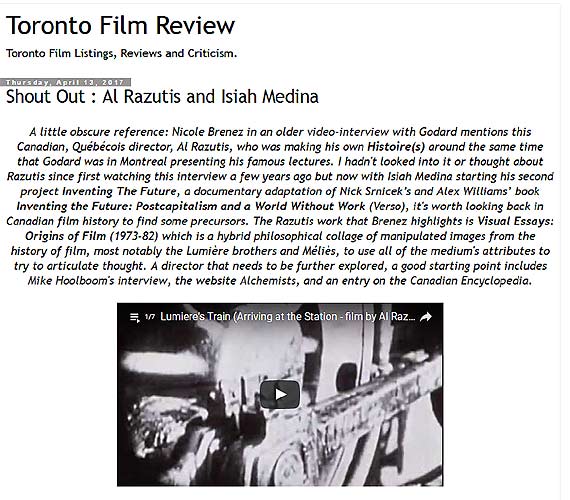
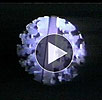
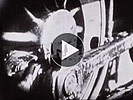
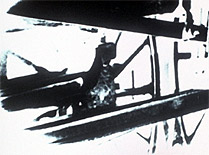
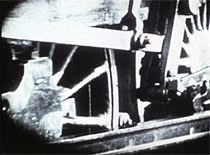
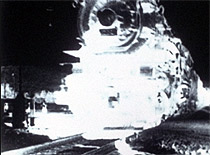
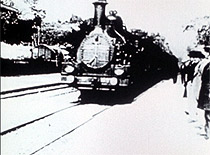
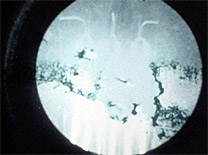
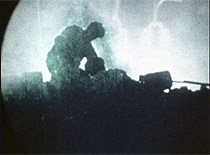
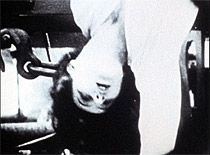
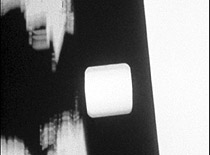
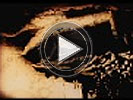
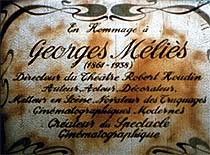
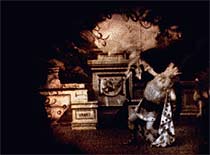
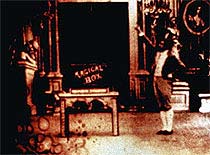
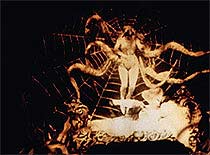
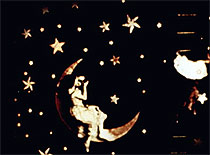
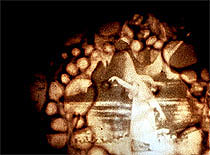
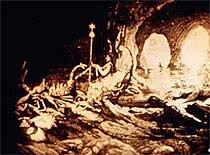
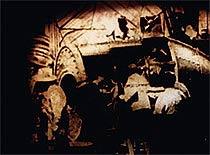
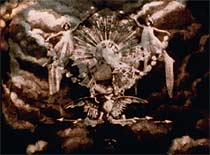
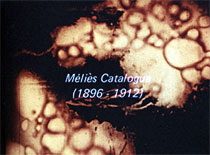
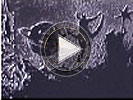
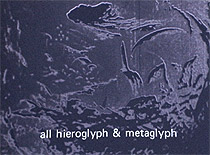
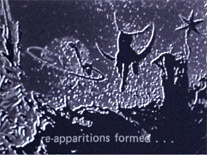
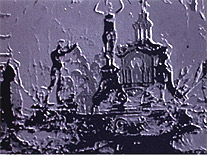
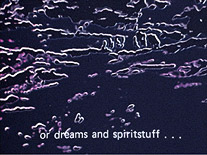
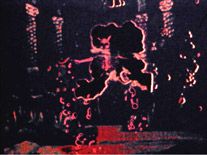
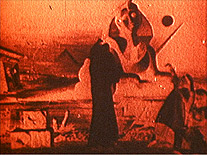
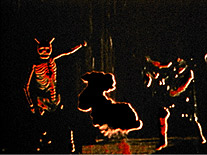
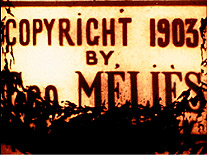
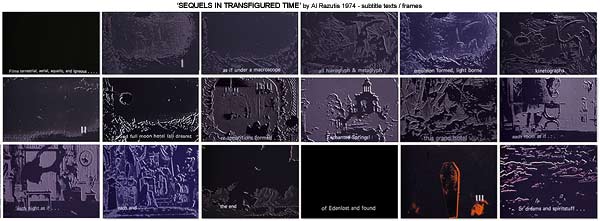
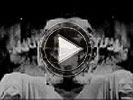
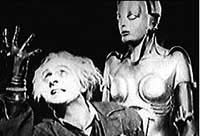
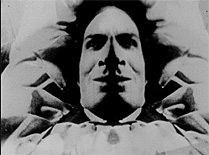
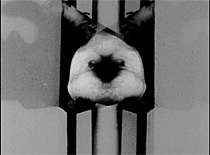
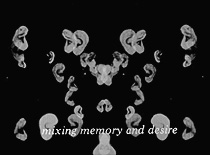
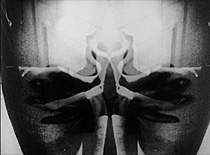
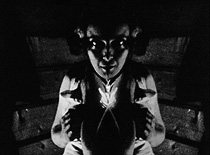
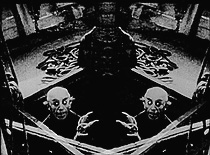
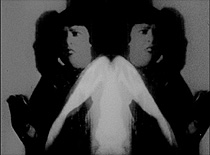
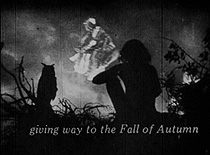
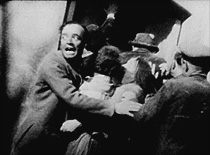
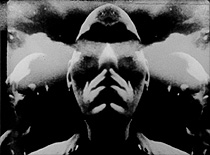
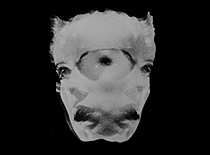
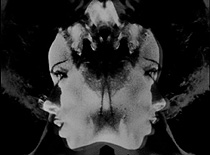
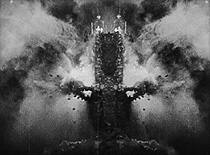
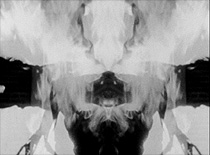
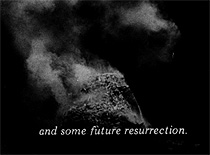
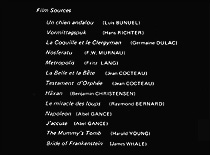
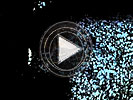
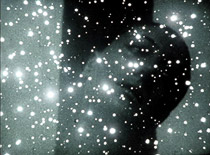
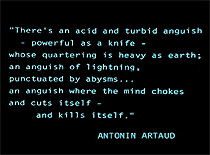
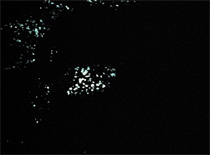
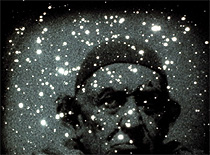
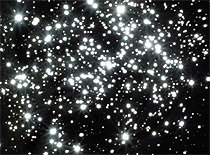
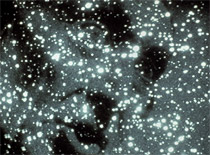
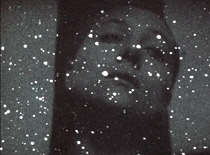
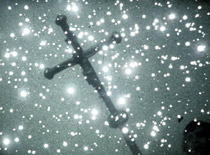
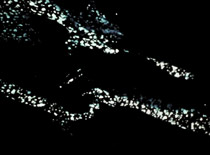
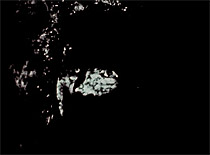
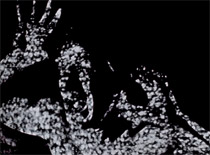
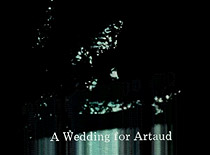
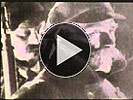
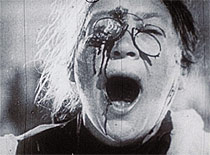
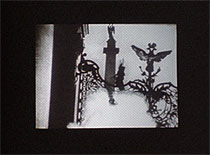
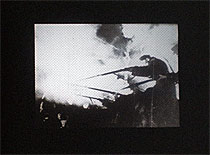
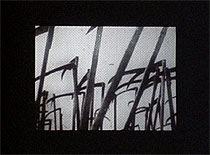
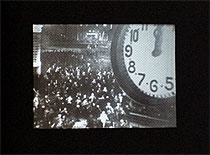
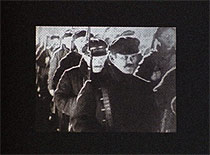
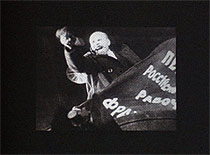
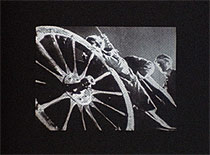
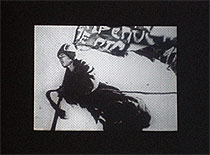
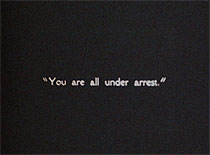
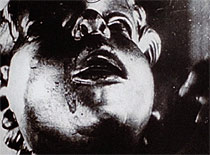
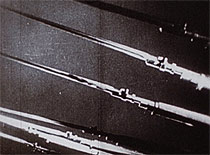
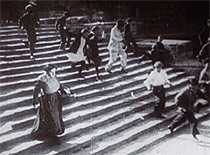
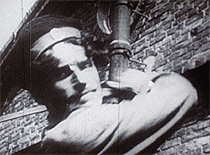
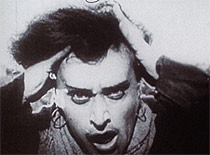
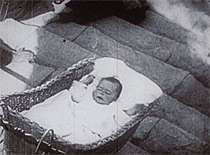
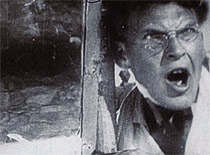
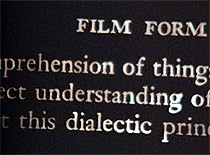
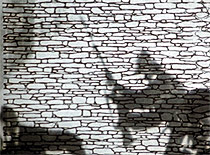
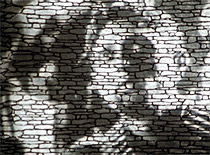
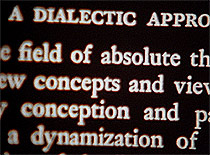
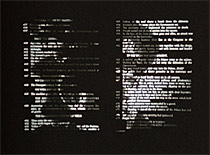
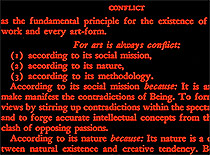
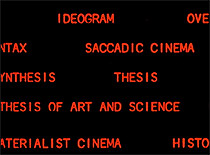
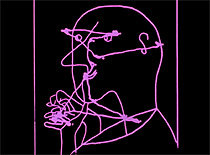

 - Visual
Essays
- Visual
Essays